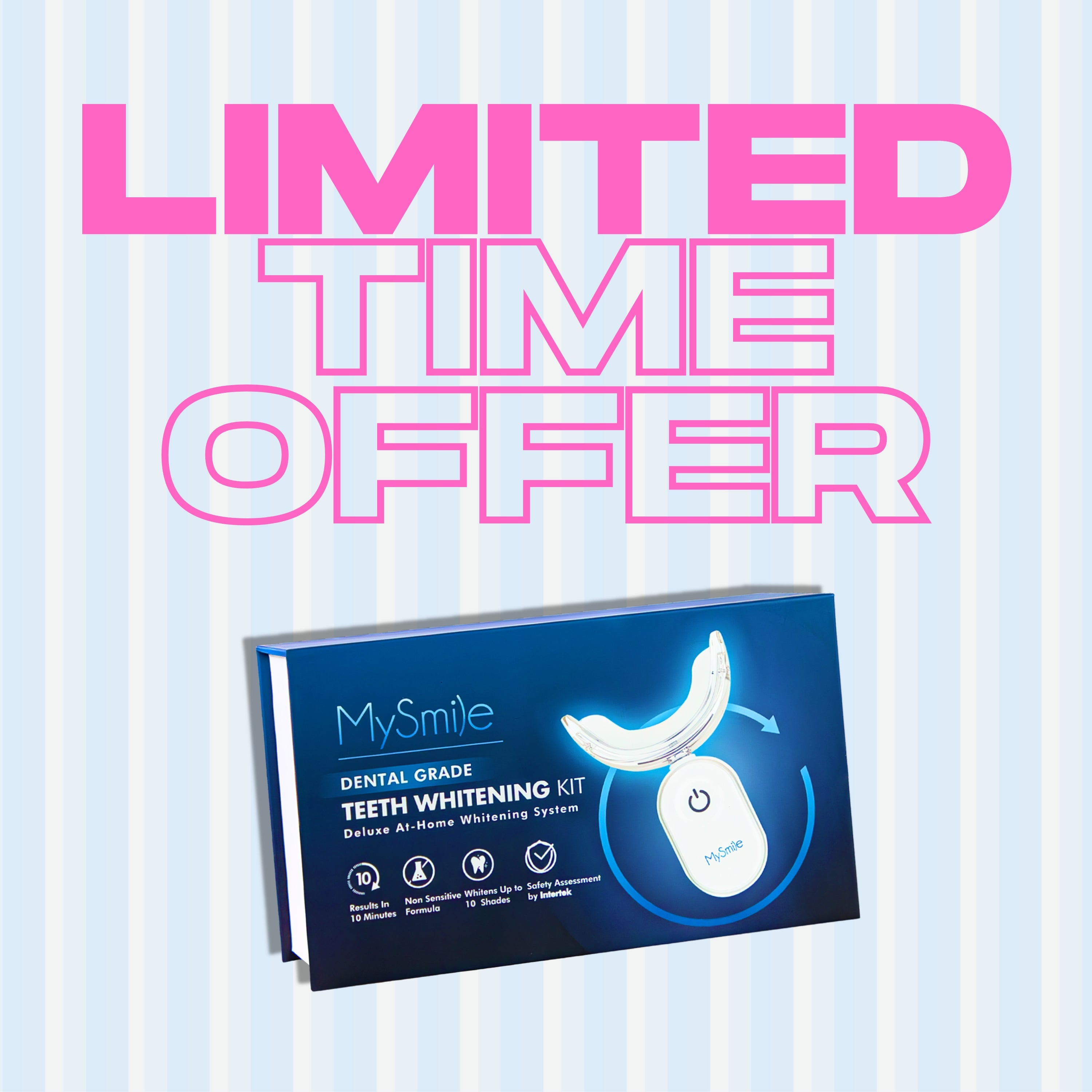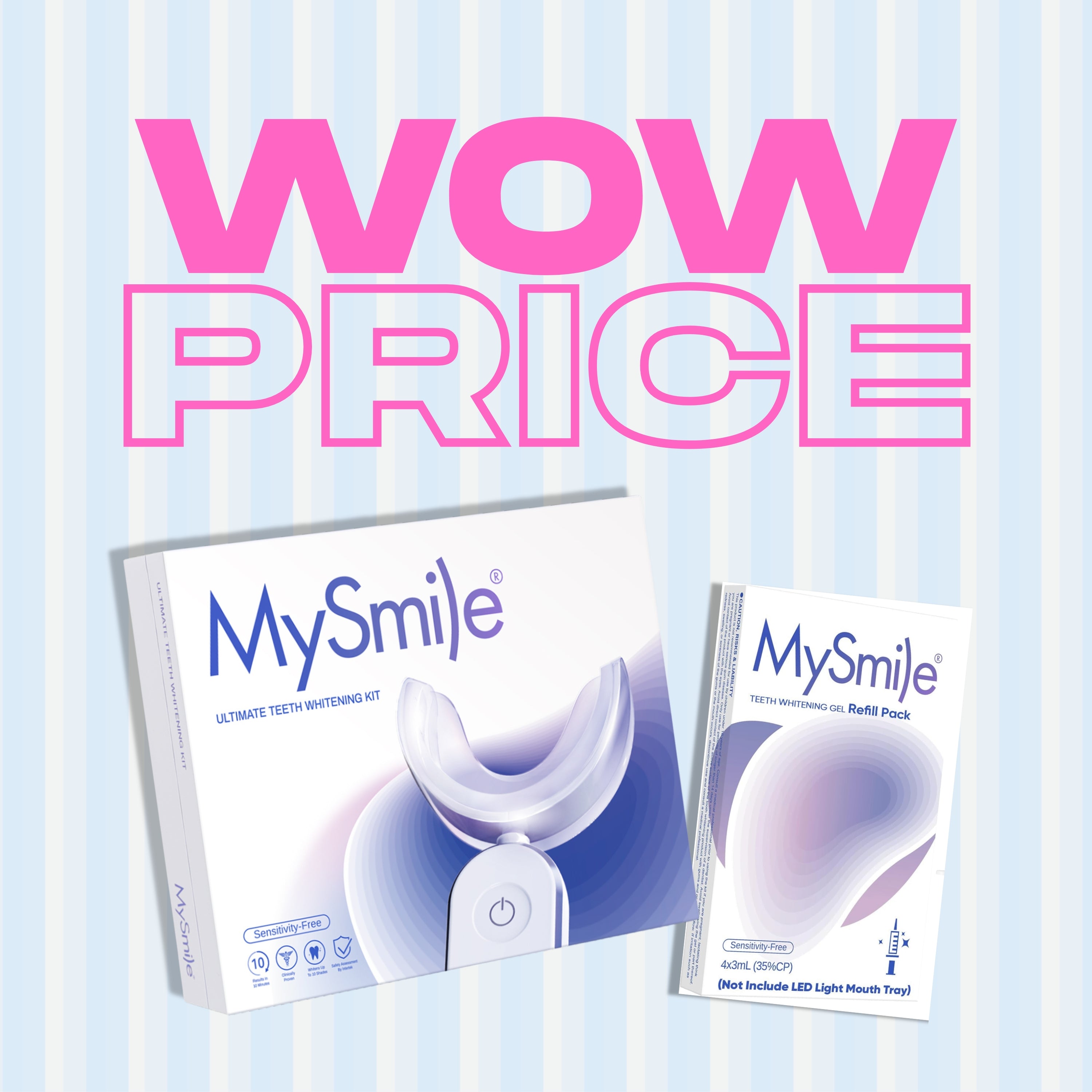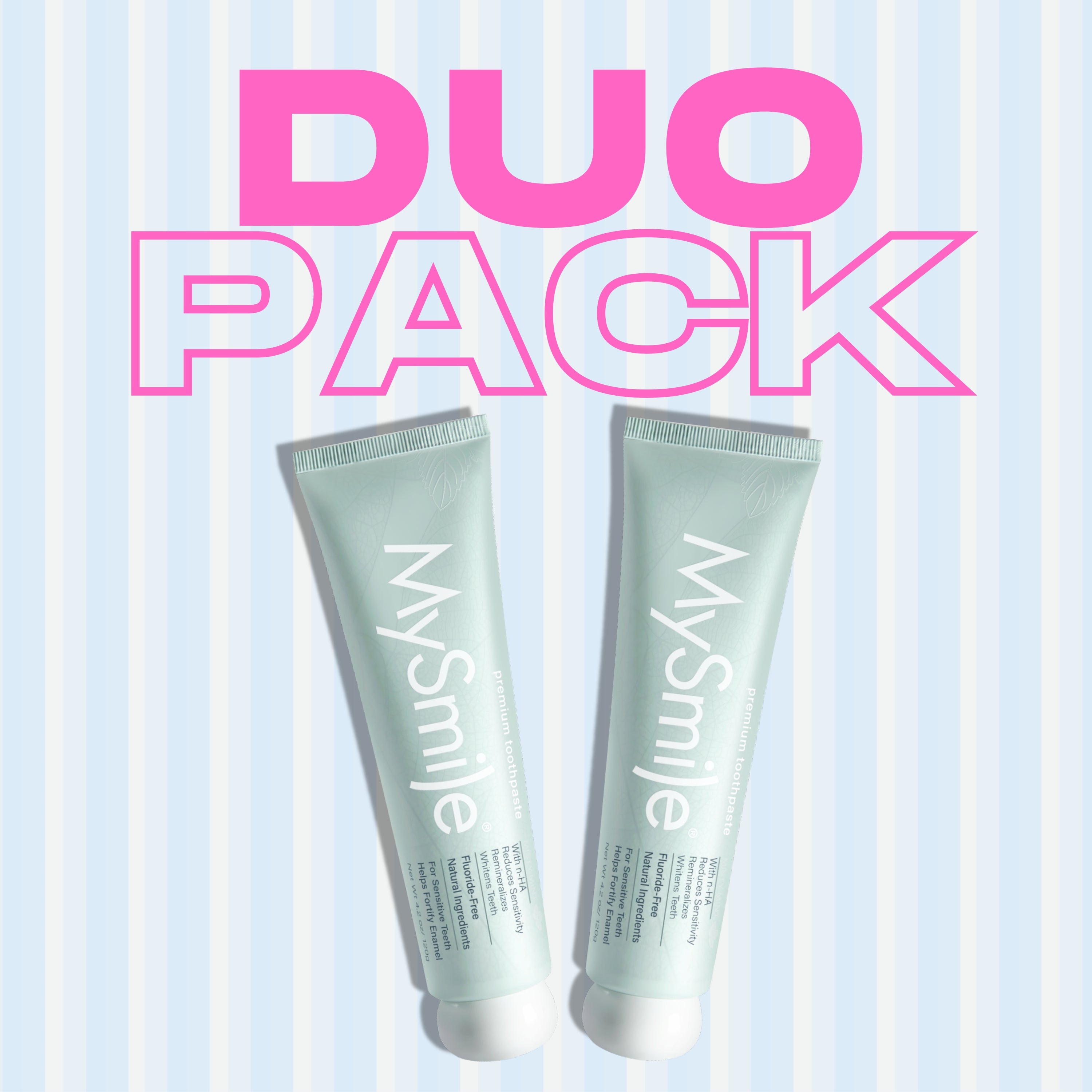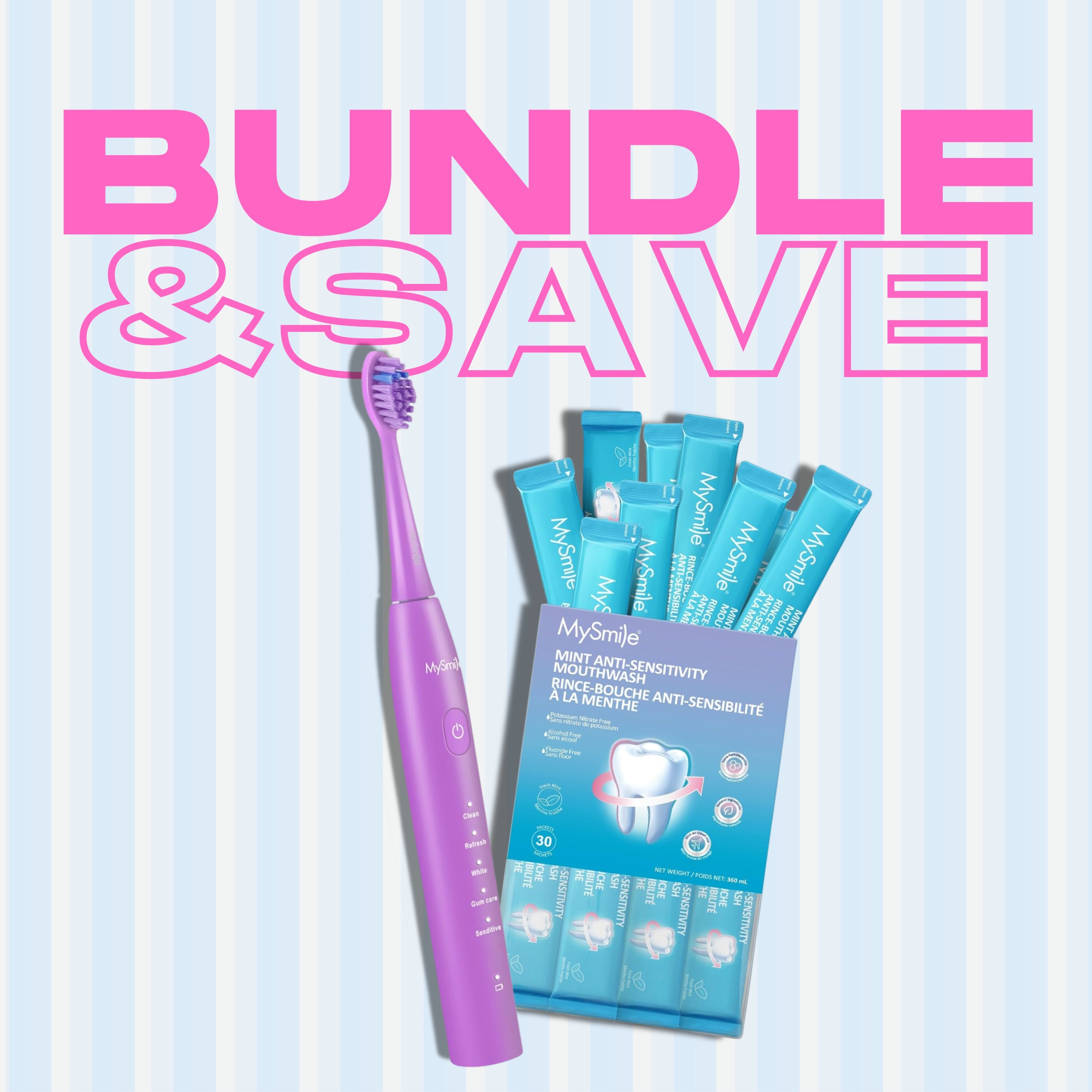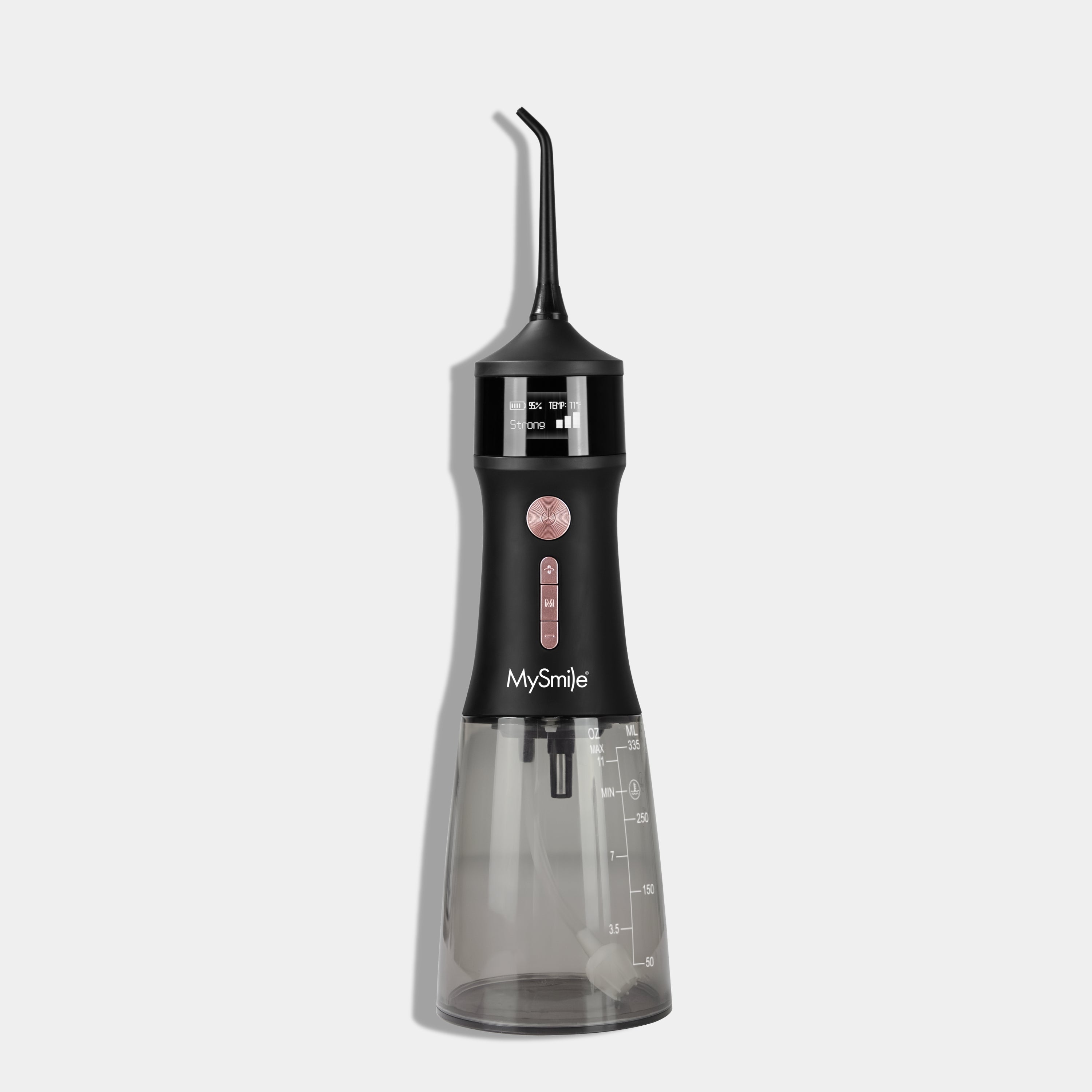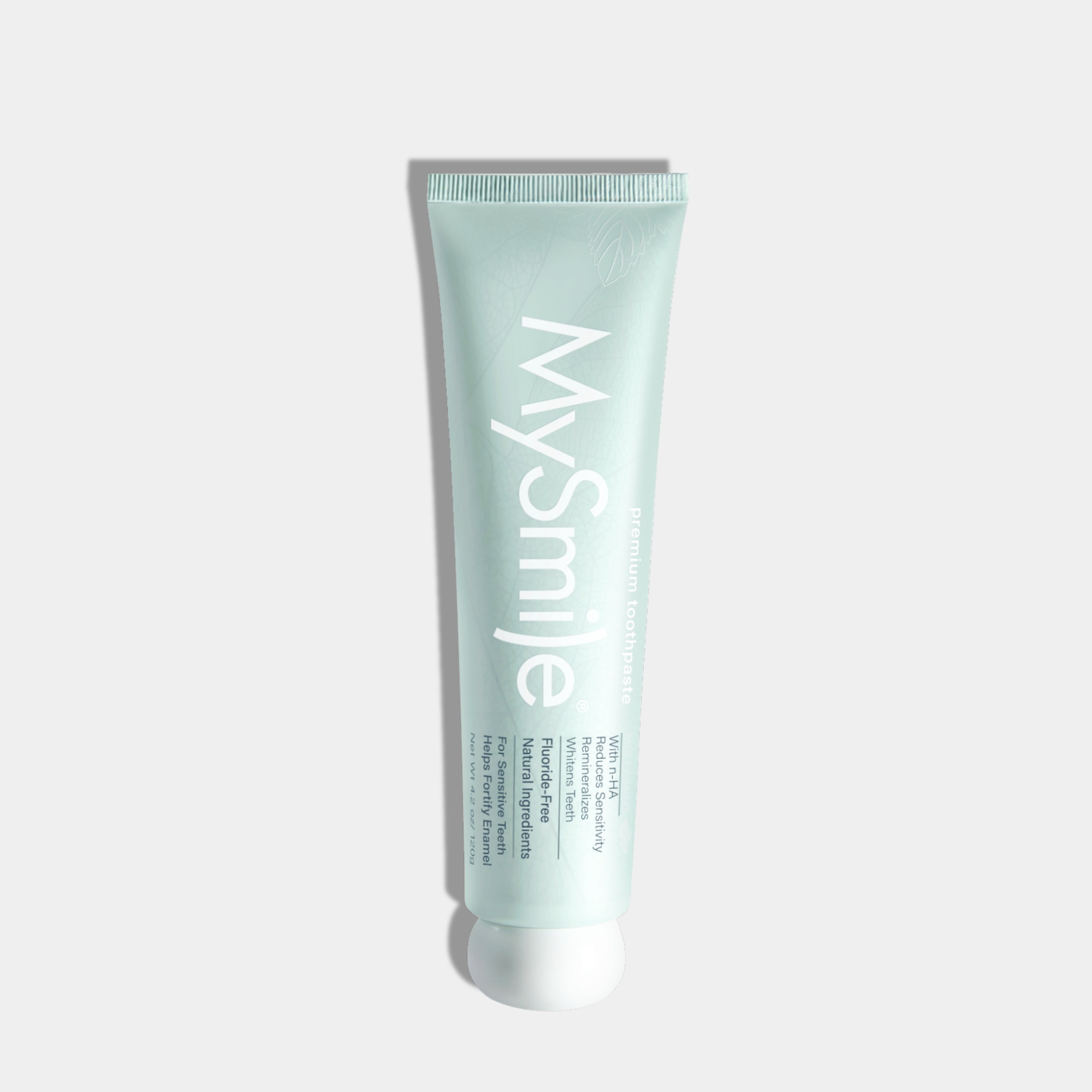Teeth whitening powder is a natural alternative to chemical-based whitening products. It removes surface stains caused by coffee, tea, wine, and smoking, helping restore the natural color of teeth. Unlike peroxide-based whiteners, it does not bleach teeth but polishes away discoloration through mild abrasives like activated charcoal, baking soda, or bentonite clay.
This guide explains how to use the teeth whitening powder correctly, its benefits, potential risks, and whether it’s more effective than regular toothpaste.
How to Use Teeth Whitening Powder Correctly
Using teeth whitening powder the right way ensures effectiveness while protecting your enamel. Follow these steps for the best results:
Step-by-Step Guide to Using Teeth Whitening Powder
-
Wet Your Toothbrush – Slightly dampen the bristles to help the powder adhere.
-
Dip the Brush into the Powder – A small amount is enough; excess powder can be messy.
-
Brush Gently in Circular Motions – Focus on stained areas and avoid harsh scrubbing. Brushing should last 1–2 minutes.
-
Rinse Thoroughly – Swish water around your mouth multiple times to remove all powder residue.
-
Follow Up with Fluoride Toothpaste – This helps strengthen enamel and prevents cavities.
-
Use 2–3 Times Per Week – Overuse can lead to enamel erosion and increased sensitivity.
Do You Use Whitening Powder Before or After Brushing?
Use whitening powder before brushing with fluoride toothpaste. Whitening powders do not contain fluoride, so following up with regular toothpaste helps maintain strong, cavity-resistant enamel.
What Makes Teeth Whitening Powder Better Than Regular Toothpaste?
Teeth whitening powder and regular toothpaste serve different purposes. Whitening powder focuses on removing stains, while toothpaste provides daily oral hygiene and fluoride protection.
|
Feature |
Teeth Whitening Powder |
Regular Toothpaste |
|
Whitening Power |
Removes surface stains |
Limited whitening effect |
|
Abrasiveness |
Higher (can polish stains) |
Lower (gentle on enamel) |
|
Fluoride Content |
Usually fluoride-free |
Contains fluoride for cavity protection |
|
Best Use Case |
Occasional stain removal |
Daily oral care |
While the best tooth powder is effective for stain removal, it should be used alongside fluoride toothpaste for overall dental health.
How Long Does It Take to See Results?
The effectiveness of teeth whitening powder depends on factors such as stain severity, frequency of use, and the type of active ingredients in the powder.
Expected Results Timeline
-
Mild Surface Stains – Visible improvement in 7–14 days with regular use.
-
Moderate Stains – Takes 2–4 weeks to see noticeable whitening.
-
Deep Stains – Whitening powders have limited effectiveness and may require professional treatment.
Results vary based on diet, oral hygiene habits, and frequency of use.
How Often Should You Use Teeth Whitening Powder?
Teeth whitening powder should be used 2–3 times per week. Overuse can lead to enamel erosion due to its abrasive nature.
For daily whitening maintenance, switch to a fluoride-based whitening toothpaste, which is gentler on enamel while preventing cavities.
Does Tooth Whitening Powder Really Work?
Yes, teeth whitening powder works by removing brown stains through mild abrasives. However, it does not chemically bleach teeth like peroxide-based treatments.
It is best suited for:
-
Removing recent stains from coffee, tea, wine, and tobacco
-
Maintaining whiteness after professional whitening treatments Improving overall
-
brightness for people with mild discoloration
It is not effective for deep, intrinsic stains caused by aging, medications, or genetic factors.
Are There Any Risks of Using Teeth Whitening Powder?
While teeth whitening powder is generally safe when used correctly, excessive use or improper technique can lead to problems.
Potential Risks
-
Enamel Erosion – Frequent use can wear down the enamel, leading to sensitivity.
-
Tooth Sensitivity – Overuse can make teeth more reactive to hot and cold foods.
-
Gum Irritation – Abrasive powders can cause irritation if they come into direct contact with gums.
-
No Fluoride Protection – Fluoride is essential for strengthening enamel, and most whitening powders do not contain it.
To prevent damage, use whitening powder in moderation and always follow up with purple toothpaste.
How Do You Use MySmile Teeth Whitening Powder?
Many people ask, how do you use MySmile teeth whitening powder? The method is the same as other powders:
-
Wet your toothbrush.
-
Dip it in the powder.
-
Brush gently for 1–2 minutes.
-
Rinse and follow up with fluoride toothpaste.
MySmile Teeth Whitening Products come with instructions tailored to its specific ingredients and abrasiveness level.
Final Thoughts: Is Teeth Whitening Powder Right for You?
Teeth whitening powder is an effective way to remove surface stains, but it should be used correctly to prevent enamel damage. If used 2–3 times per week, alongside fluoride toothpaste, it can improve tooth brightness and stain resistance.
For those looking for a long-term whitening solution, consider teeth whitening strips, LED kits, or professional dental treatments in addition to using whitening powder.
Frequently Asked Questions (FAQs)
Who Should Use Whitening Powder?
- People with mild to moderate surface stains.
- Those looking for a natural whitening alternative.
- Individuals who want to maintain whitened teeth after professional treatments.
Who Should Avoid Whitening Powder?
- People with thin enamel or sensitive teeth.
- For those looking for dramatic whitening results—peroxide treatments are better for deep stains.
- Individuals prone to cavities, unless they follow up with fluoride toothpaste.
1. How do you use white tooth powder?
Wet your toothbrush, dip it in the powder, brush for 1–2 minutes, rinse, and follow up with regular fluoride toothpaste.
2. Do you use whitening powder before or after brushing?
Use before brushing with regular toothpaste. Whitening powder removes surface stains, and fluoride toothpaste strengthens enamel.
3. What makes this powder better than regular toothpaste?
Whitening powder removes stains more effectively but lacks fluoride. It should be combined with regular toothpaste for cavity protection.
4. How long does it take to see results?
Results vary, but most people notice improvement in 7–14 days with consistent use.
5. How often should you use teeth whitening powder?
Use 2–3 times per week to prevent excessive abrasion and enamel damage.
6. Does tooth whitening powder really work?
Yes, it removes surface stains, but it does not chemically bleach teeth like peroxide-based whitening products.
7. What is the best way to maintain whitened teeth?
✔ Use whitening powder 2–3 times a week.
✔ Brush daily with fluoride whitening toothpaste.
✔ Avoid coffee, tea, and smoking to reduce new stains.
✔ Consider whitening strips or professional treatments for deeper stains.
Teeth whitening powder is a great addition to an oral care routine, but it should be used responsibly to protect enamel and maintain oral health.

